
Posts Tagged: landscape trees
Be part of the solution: Plant drought, heat, and pest resistant trees to combat urban heat islands
Our population of urban trees is shrinking! You can help turn this around by protecting your own trees and by planting new ones recommended for your climate and the conditions around your home. For more on this topic, please revisit my February blog for specific selection and care recommendations: https://ucanr.edu/b/~ZuB.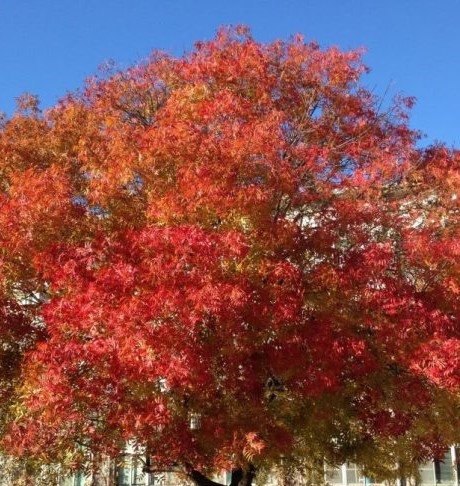
In addition, please encourage your city to plant a wide range of recommended species today for a healthier tomorrow. Why is this so important? Many of our current street trees are in the 11th hour of their lifespans. While some that were planted decades ago are simply aging naturally, in other cases, they are perishing prematurely due to poor selection and care. This leads to a downward spiral; trees not adapted to the climate they're planted in and not receiving proper care are much more susceptible to invasive pests (shot-hole borers, etc.) and diseases than are healthy, well- chosen and maintained trees. Even the loss of one front yard shade tree can significantly reduce shade, increase the surrounding temperature, and diminish energy savings.
Another reason we're losing our trees is due to the negative impacts of urban heat islands (UHIs) which shorten the lifespan of many species of trees dramatically. Some trees (even many natives!) just aren't able to withstand the higher temperatures (sometimes exceeding 20 degrees) they are subjected to due to UHIs.
What are urban heat islands and why should we care? Urban heat islands are caused by reradiated heat from paved concrete and (especially) asphalt surfaces. 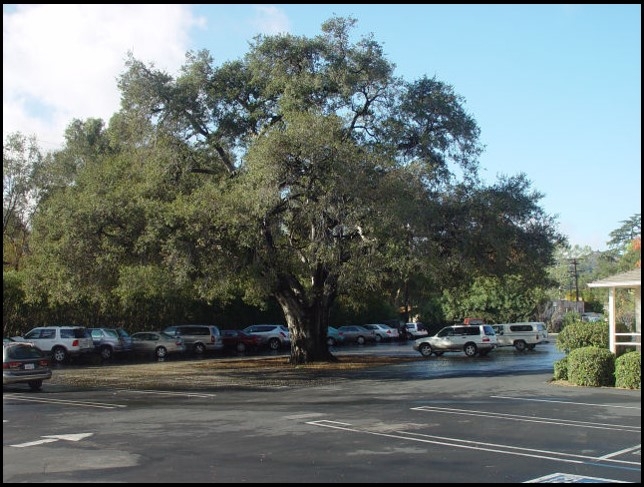
And, our cities are growing and expanding. Very few Southern California residents reside in rural areas. Instead of living near pastures, field-filled crops, and forests that cool the surrounding area through evapotranspiration, the vast majority of us reside in warmer urban city centers. Conditions we expect our city trees to endure in 2021 are very different from even 20 to 30 years alone, let alone decades ago.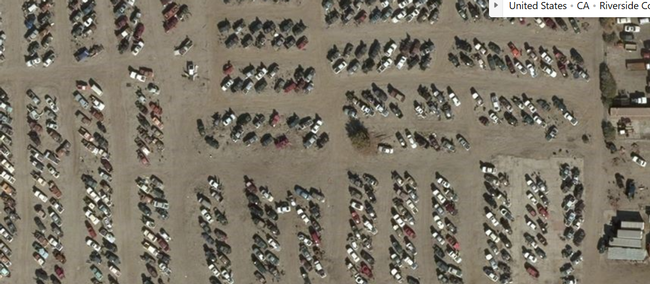
The good news is that, through proper tree selection and care, we can be a part of the solution. In fact, trees offer many benefits that offset the impacts of UHIs. Cities with larger tree canopies are a testament to this fact and have fewer adverse impacts from UHIs than do cities with low tree canopies. Trees reduce the impact of UHIs by shading parking lots, buildings, and vehicles), deflecting the sun's radiation, and cooling the atmosphere through evapotranspiration. Trees also absorb and store carbon which lessens the impacts of pollution from fossil fuels. A well-tended mature landscape tree can absorb 40 tons of carbon over its lifespan.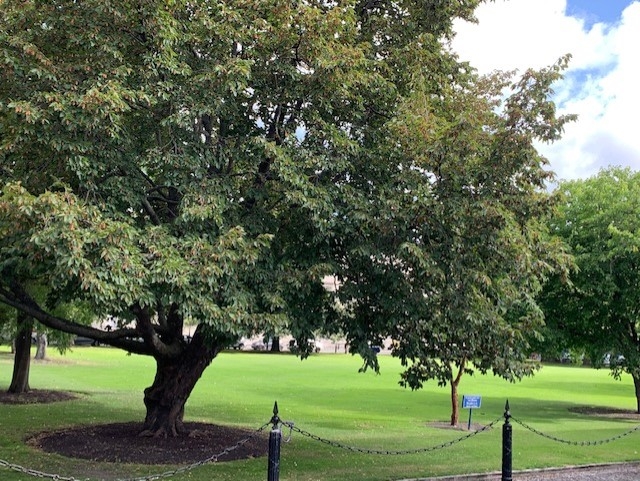
The solution? Augment our current urban tree palettes with heat, drought, and pest-resistant native and adapted non-native species. A case in point of a native tree in trouble is our beautiful Joshua trees (Yucca brevifolia) which are dying off in their namesake National Park and seeding 500 or more feet higher elevation than parent plants. Planting trees that withstand UHIs today is crucial for tomorrow.
We are well on the way to identifying landscape tree species that can remain healthy under adverse urban conditions. In our study examining the performance of 12 species of underplanted but promising landscape trees, several candidates are standing out for their heat, drought, and pest resistance.
UCCE Master Gardeners Participate in Research to Identify Trees That Withstand Climate Change
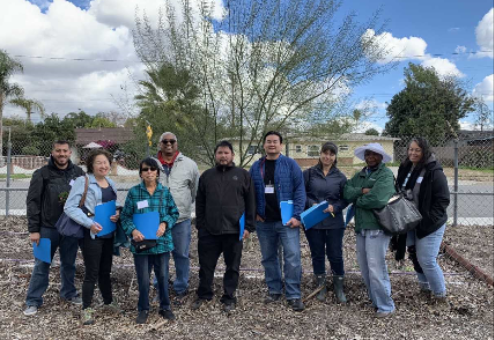
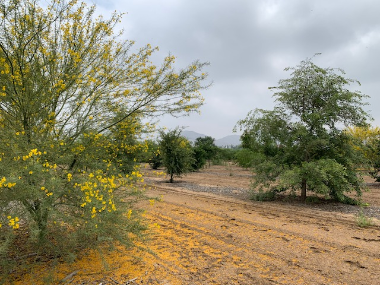
EditedImage (23)
Landscape trees also suffer drought consequences

Igor Lacan, UCCE advisor in Santa Clara, Contra Costa and Alameda counties, says it's difficult to make blanket statements about which species are in trouble, since a tree's water- and heat-related health depends on its location.
Some species on a south-facing slope might show drought stress, while the same species on a north-facing slope doesn't. Stress symptoms also show up on trees planted near paved surfaces, though not near other surfaces that don't reflect heat, Lacan said. Since many tree species are fairly resilient, damage comes on slowly and may take months or years to become apparent.
But Lacan was able to conclude with a positive comment.
"The good thing is that in all likelihood mature, established trees, if climatically appropriate (for their location), will make it through ... just fine," Lacan said.
UC farm advisor reminds readers to check for hazardous trees
Cooler, breezy weather in California this week is a welcome sign of autumn. After three years of drought, the beginning of fall holds hope for a "normal" rainy season. Since the hoped-for stormy weather can release branches from trees, UC Cooperative Extension horticulture advisor Michelle LeStrange reminded readers in her Visalia Times-Delta column today to take a close look at their landscape trees.
"It’s better to find a broken branch in your tree," she wrote, "than on your car."
She suggests trees be inspected before and after storms for leaning, weakly attached multiple trunks, a split where large branches attach to the trunk, cavities or decay (mushrooms on the tree or roots can be a sign), cracks, broken and dead branches.
LeStrange, the Master Gardener advisor for Tulare County, pointed out a photographic guide produced by UC Cooperative Extension titled “Recognizing Tree Hazards,” which is available at UCCE offices for $4 and free on the Web.

Hazardous-tree.
